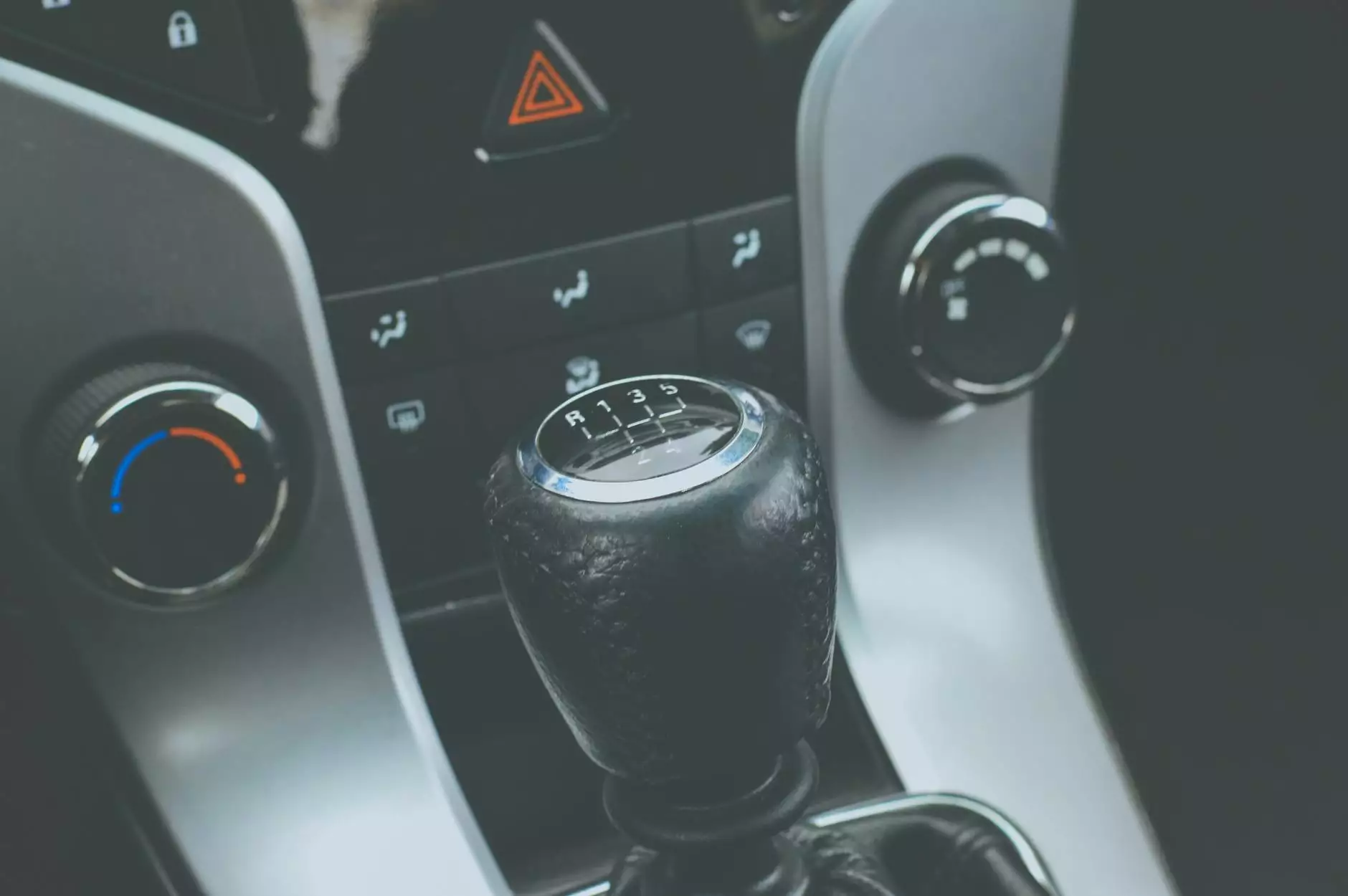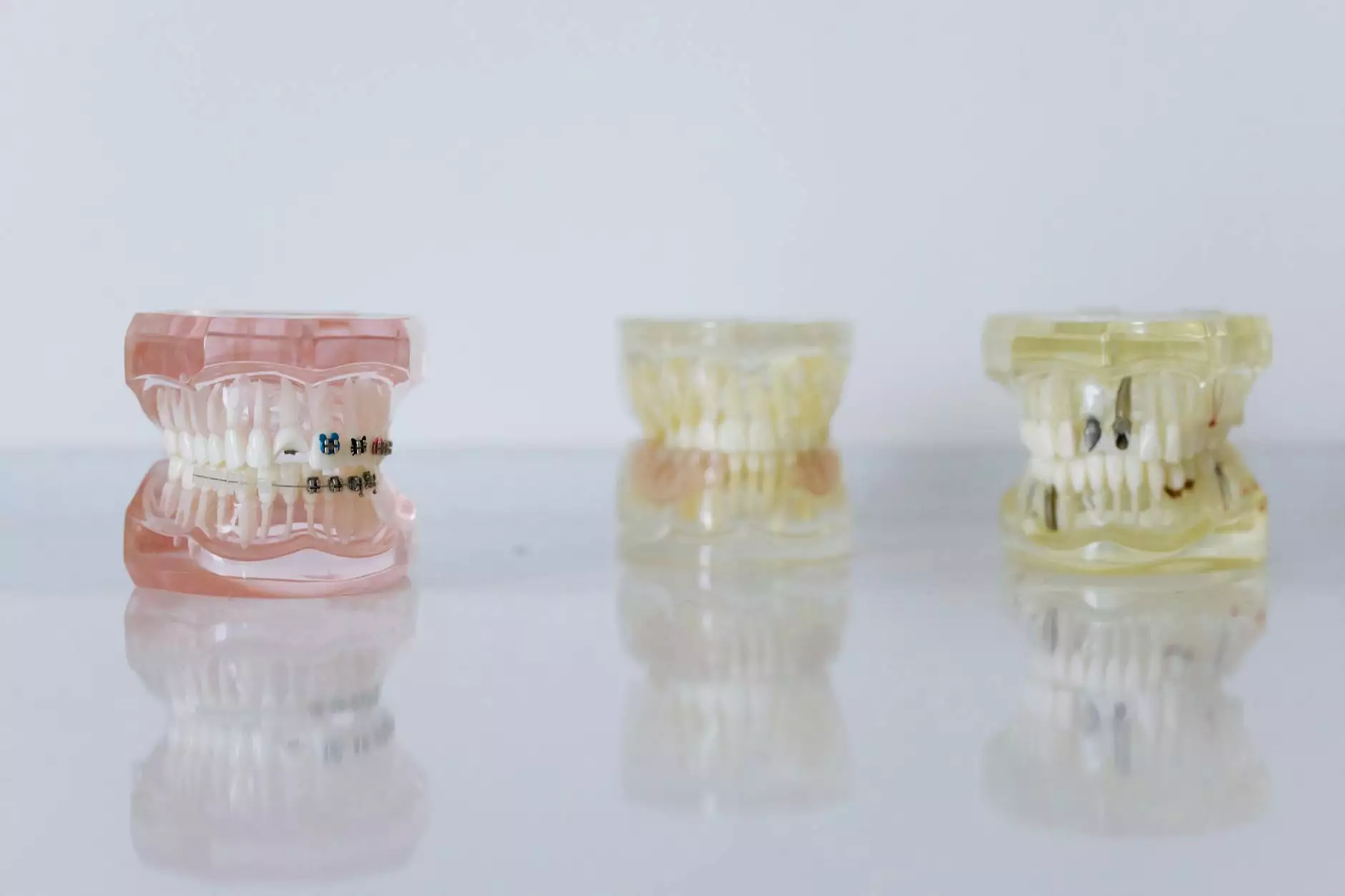Understanding Gearbox Switches: A Comprehensive Guide

In today's automotive landscape, the gearbox switch plays a pivotal role in ensuring that vehicles operate efficiently and effectively. As technology evolves, so does the complexity and functionality of these components. In this article, we will delve into the significance of gearbox switches, their types, how they work, and why they are critical in the realm of automotive systems. By the end of this guide, you will have a thorough understanding of gearbox switches and their impact on vehicle performance.
The Role of Gearbox Switches in Automotive Systems
The gearbox switch is an essential element within a vehicle's transmission system. Its primary purpose is to monitor and control the position of the gearbox, facilitating the shift between gears. The gearbox switch ensures seamless transitions between gear changes, contributing significantly to the vehicle's overall performance and drivability.
Unlike traditional mechanical systems, modern vehicles rely on a combination of electronic and mechanical components. The gearbox switch serves as a bridge between the driver's commands and the vehicle's response, making it a crucial component for both manual and automatic transmissions. Its ability to accurately detect gear positions and send signals to the vehicle's control module helps enhance driving comfort and safety.
Types of Gearbox Switches
Understanding the different types of gearbox switches is crucial for automotive professionals and enthusiasts alike. Below, we categorize them into three main types:
- Mechanical Gearbox Switches: These switches operate based on physical movement. When a driver changes gears, a linkage system engages the gearbox switch. These switches are typically found in older vehicles and are known for their straightforward design.
- Electronic Gearbox Switches: In contrast, electronic gearbox switches use sensors to detect the gear position and send electronic signals to the vehicle's computer. This type of switch is prevalent in modern vehicles where precision and response time are critical.
- Hybrid Gearbox Switches: Combining both mechanical and electronic principles, hybrid gearbox switches use a combination of physical and electronic mechanisms to operate, offering improved accuracy and reliability.
How Gearbox Switches Work
To appreciate the role of a gearbox switch, it's essential to understand its operation. The gearbox switch is typically located near the transmission. When the driver engages the gear shift, the corresponding motion activates the switch. Here's a simplified breakdown of the process:
- Gear Shifting: As the driver moves the gear lever, a mechanical or electrical input is generated.
- Position Detection: The gearbox switch detects the current position of the gearbox, whether it's in first, second, neutral, or reverse.
- Signal Transmission: Upon detection, the gearbox switch sends a signal to the Vehicle Control Unit (VCU), indicating the current gear position.
- Engagement of the Transmission: The VCU processes this information and, in automatic systems, engages the appropriate transmission settings for optimal performance.
Benefits of High-Quality Gearbox Switches
Investing in a high-quality gearbox switch provides numerous benefits. Here are some of the advantages:
- Improved Performance: Quality switches enhance the responsiveness of gear changes, allowing for a smoother driving experience.
- Enhanced Safety: Reliable gearbox switches reduce the risk of transmission failure, thus ensuring the safety of the vehicle's occupants.
- Longevity: High-quality components tend to last longer, decreasing the need for frequent replacements and repairs.
- Fuel Efficiency: A well-functioning gearbox switch can optimize gear shifts, which in turn can lead to improved fuel efficiency.
Common Issues with Gearbox Switches
Like any automotive component, gearbox switches are not immune to wear and tear. Below are some common issues that can arise:
- Malfunctioning Sensors: The sensors within electronic gearbox switches can fail or become misaligned, resulting in incorrect gear readings or failure to shift.
- Electrical Failures: Wiring issues or electrical shorts can impact the performance of the gearbox switch, leading to erratic or non-functioning shifts.
- Mechanical Wear: Mechanical gearbox switches may experience wear over time, particularly in older vehicles, potentially causing delays in shifting or loss of gear.
Diagnosing Gearbox Switch Problems
Identifying issues with gearbox switches can be challenging. However, there are several symptoms that may indicate a problem:
- Unresponsive Gear Changes: Difficulty in changing gears or having the vehicle stay in gear longer than required.
- Warning Lights: Activation of the check engine light or transmission warning light on the dashboard.
- Unusual Noises: Grinding or whining sounds during shifting can indicate a failing gearbox switch.
If you experience any of these symptoms, it's crucial to have the vehicle inspected by professionals to avoid further complications.
Maintaining Your Gearbox Switch
Regular maintenance ensures that your gearbox switch remains in good condition, optimizing your vehicle's performance. Here are some tips for effective maintenance:
- Regular Inspections: Have your vehicle's transmission system inspected periodically by professionals to identify potential issues early.
- Fluid Changes: Ensure that transmission fluid is changed as per the manufacturer’s guidelines, as clean fluid is essential for optimal performance.
- Electrical Checks: Periodically check wiring and connectors related to the gearbox switch for signs of wear or corrosion.
Choosing the Right Gearbox Switch
When selecting a replacement gearbox switch, quality should be a significant consideration. At shenghaiautoparts.com, we offer a wide range of high-quality gearbox switches suitable for various vehicle makes and models. Here are some factors to consider:
- Compatibility: Ensure that the switch you choose is compatible with your vehicle's make and model.
- Quality Standards: Look for products that meet or exceed OEM quality standards for reliability and performance.
- Warranty: A good warranty reflects the manufacturer's confidence in their product's durability and performance.
The Future of Gearbox Switch Technology
As the automotive industry continues to advance, the technology behind gearbox switches is also evolving. With the rise of electric and hybrid vehicles, gearbox switches are becoming more sophisticated and integrated with other vehicle systems. Future trends may include:
- Integration with Advanced Driver-Assistance Systems (ADAS): Enhanced gearbox switches that communicate with ADAS for improved vehicle control.
- Adaptive Systems: Gearbox switches that can adapt to driving styles, optimizing performance according to the driver's behavior.
- Smart Technology: Incorporating IoT capabilities for real-time monitoring and diagnostic capabilities.
Conclusion
The gearbox switch is an indispensable component of modern vehicles, playing a significant role in both performance and safety. Understanding its functions, types, and the importance of maintenance is crucial for any vehicle owner. By ensuring you have a high-quality gearbox switch, you not only enhance your vehicle's efficiency but also contribute to a safer driving experience.
At shenghaiautoparts.com, we pride ourselves on providing top-tier automotive parts, including gearbox switches that meet the highest standards of quality and performance. Explore our selection today to ensure your vehicle operates at its best!









